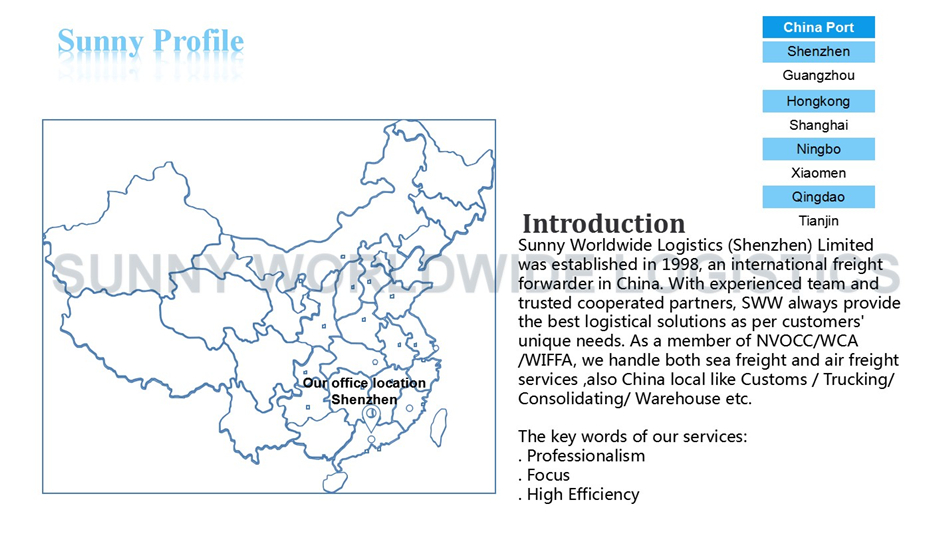Logistics knowledge--the difference between HBL and MBL
Many small partners who have just entered the foreign trade and
logistics industry do not know what HBL and MBL are. Today Xiaobian
takes everyone to understand the difference between HBL and MBL. First
of all, what is BL?
It is also a proof of the contract of carriage signed by the carrier. The bill of lading also represents the ownership of the goods contained and is a certificate of property rights.
HBL: master bill of lading. Ship bill of lading, MBL: house bill of lading.
The receipt of the goods, the certificate of the contract of carriage
and the certificate of ownership of the goods are the three major
functions of the ocean bill of lading. The bill of lading is liquid and
can be transferred when certain conditions are met.

The difference between the freight bill of lading (HBL) and the shipping company bill of lading (MBL)
Seeing this, will you have a question: Why do you need HBL since you have MBL?
MBL tends to be rigid, not easy to change, and it is not easy to issue bills of lading according to customer requirements (especially when L/C letters of credit are available).
In addition, when it is not the customer's designated freight forwarding, it is more convenient to control the cargo right by signing the delivery bill of lading.
It is often through the issuance of HBL and only to the final customer HBL, thus achieving the purpose of keeping trade secrets.
For more logistics information, please consult Sunny worlwide logistics
BL (Bill of loading) refers to the ocean bill of lading, which is
the receipt of the goods issued by the carrier (ship company) after
receiving the goods.
It is also a proof of the contract of carriage signed by the carrier. The bill of lading also represents the ownership of the goods contained and is a certificate of property rights.
HBL: master bill of lading. Ship bill of lading, MBL: house bill of lading.

The difference between the freight bill of lading (HBL) and the shipping company bill of lading (MBL)
1. HBL is a bill of lading issued by the freight forwarder. It
cannot be picked up according to this. MBL is the bill of lading issued
by the shipowner, which can be used for picking up goods.
2. HBL can give the consignor whether it is paid or prepaid. If MBL is not paid, the shipping company must control the goods.
But the prepayment can be given to the consignor, and the shipping company has the customer directly designated.
3, HBL's head is generally the customer's designated freight forwarding,
the signature is also the freight forwarding company, MBL's head is the
shipping company's head, such as: go YANGMING, his head is YANGMING
LING......., signed Also YANGMING But the prepayment can be given to the consignor, and the shipping company has the customer directly designated.
4. When picking up the goods, you must use HBL to exchange MBL to mention the goods.
From the issuance of the bill of lading, one is the shipping
company, one is the freight forwarding, you can know which one is more
flexible.
MBL tends to be rigid, not easy to change, and it is not easy to issue bills of lading according to customer requirements (especially when L/C letters of credit are available).
In addition, when it is not the customer's designated freight forwarding, it is more convenient to control the cargo right by signing the delivery bill of lading.
Because after all, it is your own freight forwarding, you are a
customer, better communication. In short, the freight forwarding is
better to talk, especially the freight forwarding that I am looking for.
However, the shipping company is not so good to talk about.
There is also a possible reason. When there is a middleman, the
middleman may not want the final customer to know the key information
such as the source of the goods.
It is often through the issuance of HBL and only to the final customer HBL, thus achieving the purpose of keeping trade secrets.
For more logistics information, please consult Sunny worlwide logistics



评论
发表评论